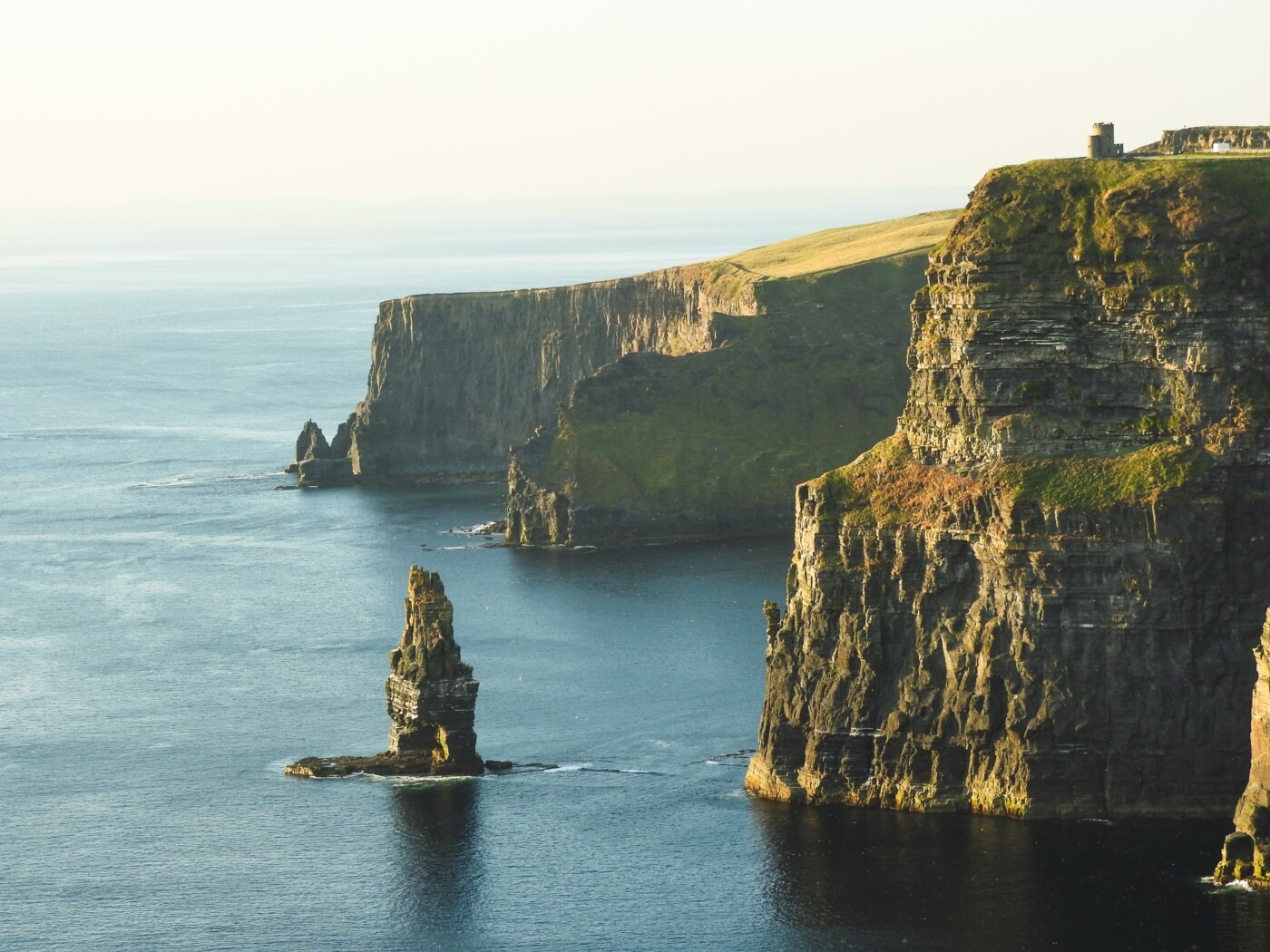‘The Banshees of Inisherin’: impressively contemplative and uniquely Irish
Martin McDonagh returns to his Irish roots in The Banshees of Inisherin: a tragicomedy that may borrow from folklore and the imaginary in its title but remains focused on tackling national trauma and exploring male relationships.
Colin Farrell, who is on fine form following his performance as the Penguin in The Batman earlier this year, is Padraic: a man who lives an untroubled existence with his sister (Kerry Condon) in a cosy cottage, content with tending to his animals and sinking pints in the pub with his best friend Colm, portrayed by the formidable Brendan Gleeson. That is, until Colm begins to ignore Padraic, much to his bemusement, before brutally telling him “I don’t like you no more”. This is McDonagh’s fourth feature film, and he essentially ‘gets the band back together’ by casting Farrell and Gleeson, who starred together as hitmen in the hilarious and sobering In Bruges in 2007.
The film is set on the remote island of Inisherin in Ireland, which does not actually exist. It was filmed on Inishmore and Achill- two islands off Ireland’s west coast that boast the sumptuous landscapes McDonagh relishes. He harnesses, yet also subverts the natural beauty of the country by making a union between the tumultuous weather and the volatile characters. This pathetic fallacy alongside the intermittent references to the war that is brewing on the mainland creates an atmosphere of dread and uncertainty that stretches across the entirety of the film. The unnamed war is presumably the Irish Civil War as the film is set in early 1923; this would also make sense as McDonagh parallels the internal fighting of Ireland with an anecdotal situation on the island which is the focus of the narrative.
The quasi-folktale, male melodrama suddenly turns into a nasty, visceral nightmare of self-suffering and revenge
Padraic almost enters the five stages of grief after Colm’s rejection of his friendship as he is initially in a state of denial that transitions to bargaining, anger and depression. Farrell nails the execution of McDonagh’s witty script, and it is easy to see why Padraic, who is a slow-witted, easy-going and immensely likeable man, was written just for him. Farrell’s tone, delivery and expression make for a fantastic comedic performance, with a precious vulnerability that certainly positions him in good stead for the upcoming award season. Gleeson, on the other hand, is as brooding as the cruel Colm, thus creating a great dynamic between the duo and making their sequences together a joy to watch, even the painstaking ones. Colm gradually becomes increasingly incensed with Padraic’s whining and questioning, until there is an extreme, violent turn of events in the second act.
These tonal shifts leave the audience in the lurch; the quasi-folktale, male melodrama suddenly turns into a nasty, visceral nightmare of self-suffering and revenge. It is a flaw akin to McDonagh’s last outing Three Billboards Outside Ebbing Missouri, which is successful as a dark comedy but falters in keeping the social commentary particularly subtle or tasteful. Banshees is a more considered approach to this brand of comedy, but still does not equal the way McDonagh successfully balances comedy with drama in In Bruges. It regains poignancy by the time the ending arrives however; the final sequence is a treat for the eyes and the emotions.
The Banshees of Inisherin… comforts its audience for withstanding such an arresting, allegorical story
The sub-plot of Barry Keoghan’s character Dominic is also rather affecting. Keoghan’s performance as a troubled, babbling youngster in Banshees adds to the young Irish star’s ever-growing repertoire (The Killing of a Sacred Deer, Dunkirk, Eternals amongst others). His small yet important role and his character’s arc suggests a nation’s loss of faith in authoritative figures that Colm also experiences (via a comically unhelpful priest), something that culminates in a bleak ambience that clouds over Inisherin.
The Ireland in Banshees is one of opposition and tension, yet there is an undeniable optimism that pierces through the film that is uniquely Irish. It is as hearty as the jet-black stout and meaty stew that are consumed by the characters, as tender as the music that Colm composes and plays on his fiddle, and as sensory as the spectacle of natural landscapes. The Banshees of Inisherin is an impressively contemplative piece of cinema that comforts its audience for withstanding such an arresting, allegorical story. With moments of trademark McDonagh comedy, we get to experience two performances from prestigious actors performing at the very highest level.

Comments